Features of feeding plums in spring
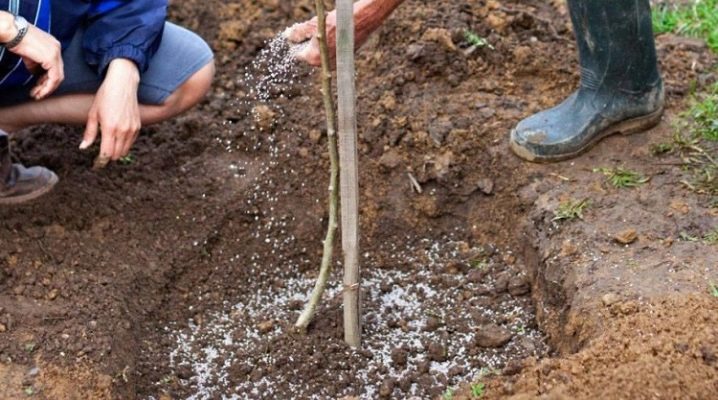
Plum is a very popular and unpretentious fruit tree. It grows not only in summer cottages, but also in the courtyards of high-rise buildings. In order for the tree to live as long as possible and give stable yields, you will have to take care of it, in particular, feeding. Spring fertilization is especially important.

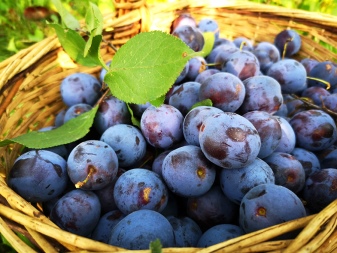
What can you feed?
Spring feeding of plum trees solves several important tasks at once:
- enriches the soil;
- prolongs the life of trees;
- heals the culture;
- prevents the appearance of diseases and pests;
- accelerates growth;
- promotes good fruiting;
- improves the palatability of fruits.
You can feed the plum with different substances. But before choosing a tool, you need to understand what elements the tree lacks. The following table will allow you to understand this.
|
Element |
Signs of shortage |
|
phosphorus |
poor and slow ripening, poor growth, irregular violet-red color of the leaf plates |
|
calcium |
slow growth, poor ovary formation, early fall of foliage |
|
potassium |
twisting and blanching of leaf plates |
|
iron |
formation of small plums, pallor of foliage |
|
nitrogen |
yellowing of leaves, rapid fall, poor growth, reddening of the bark |
|
zinc |
browning of the pulp of plums, softness of the bark and branches |
|
magnesium |
massive fall of an unripe crop |
|
copper |
chlorosis on foliage, rapid death of plates |
Having dealt with the element that the drain needs, you can start looking for the necessary fertilizer. For spring treatment, both mineral and organic products are used.
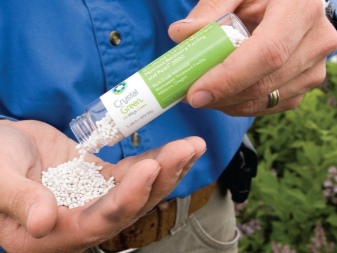
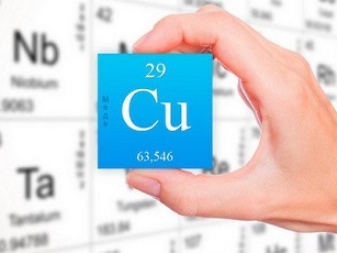
Mineral fertilizers
First of all, it is necessary to note superphosphate. It is an excellent food for all types of plants. The substance contains phosphorus, which is necessary for the formation of fruits. Together with superphosphate, potassium sulfate is often used, which saturates fruit trees with potassium. Calcium nitrate provides the crop with calcium, which makes the branches and stems stronger. And also in the spring, trees are often fed with potassium magnesium.
In order for the branches to grow faster, the plant will need nitrogen. There is a lot of it in ammonium nitrate and urea. And also magnesium nitrate, which also contains magnesium, will become a source of nitrogen. Additionally, weakened plums are fertilized with dolomite flour, which will quickly restore proper growth. If chlorosis is noticed on the plates, it is recommended to use iron chelate.
Important: often all of the listed components can be found in one comprehensive tool. Packages with a full range of fertilizers for fruit trees are available in any store.
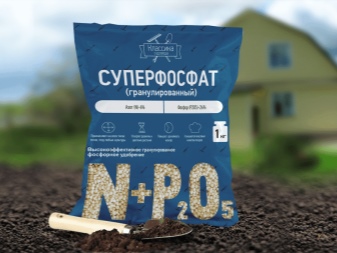
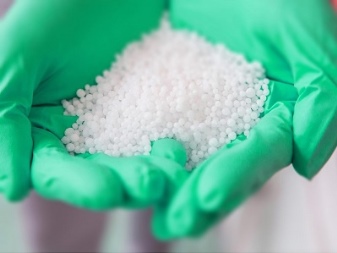
Organic
These types of dressings are also very important for the plum. As a rule, these fertilizers promote active fruiting. You can choose one of the tools described below, or you can alternate them, replacing one with another.
- Chicken. In other words, it is chicken droppings. In no case should you give it pure. About 6 liters of water are taken, 0.5 kg of chicken is added there. The container is placed in a warm place. Next, you need to wait until the fermentation process ends. Only then can the solution be used as directed.
- Cow dung. Mullein is also not given clean. It is bred like this: for 1 part of the mullein, 10 parts of water are taken. Again, you will have to wait for the end of fermentation.
- Horse manure. This is another great organic product. It is bred in the same way as the mullein.
- Infusion of nettle. Weeds can be an excellent fertilizer after weeding. You need to take a 10-liter bucket and put chopped nettles there, filling the container 2/3 full. The rest of the space is filled with liquid. The end of fermentation will have to wait about 7 days. Do not forget that the product will come out concentrated, and therefore it must be diluted again with water before use.
- Ash. It is easiest to use in a powder state. At a distance of a quarter of a meter from the plum, a small trench is dug, ash is placed there, and earth is poured on top. Fertilization rate - 2000 grams.
As for lime, some use it as an analogue of dolomite flour. Lime helps to deoxidize the soil, making it more suitable for plant growth. It is recommended to lime it every 5-6 years. But still, it is this fertilizer that is recommended for autumn dressings.
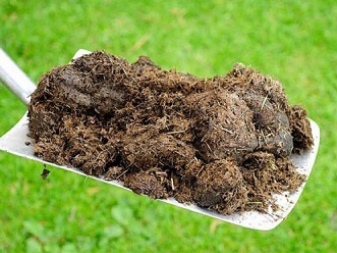
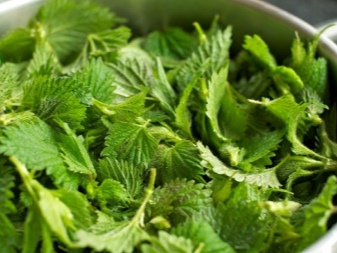
Application methods
Plum dressing can be applied in different ways. The two main techniques are root and foliar. Let's consider each of them in more detail.
- Root. This type of application involves the supply of fertilizer directly to the roots of the plant. Be careful when calculating fertilizer dosages. Liquid formulations are poured directly under the root of the plum, but powder formulations are mixed with the soil and dripped in the near-stem circle. Compositions in the form of granules are applied even before the buds begin to bloom. If you skip this moment, feeding will have to be postponed until the autumn period. Most often, the granules contain superphosphate.
- Foliar. This is a simpler type of dressing, due to which the necessary substances penetrate directly into the tissue of the tree much faster. For foliar dressing, liquid solutions are used, which are applied to the shoots and leaf plates of the plum with the help of a sprayer. For greater efficiency, you can also spray the soil in the trunk circle.

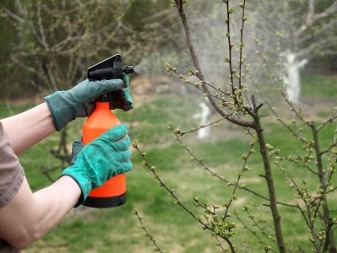
How to fertilize correctly?
Choosing the necessary top dressing is only half the battle. You also need to learn how to properly fertilize plums. In order for the plant to bear fruit abundantly and be healthy, some nuances will have to be taken into account. Among them will certainly be the age of the tree itself and the timing of the introduction.
Taking into account the age
Trees are of different ages. What works for an annual plum can be useless and even fatal to the old plant. Let's see how to fertilize trees at different periods of their life.
- Seedling. This is a very young tree, just planted. To nourish it with fertilizers for a year in advance, it is necessary to add ash (a tablespoon), superphosphate (0.2 kg), ammonium nitrate (3 tablespoons), potassium sulfate (as much as saltpeter) to the pit during planting. Additionally, the soil is enriched with peat or humus. All of these fertilizers are applied during spring planting.
- Two-year plan. In the first year, the plum will not need fertilizers, it will take those that the gardener brought in when planting. In the second year, urea will be required. It is carried out in the first month of spring, as well as in summer. The tree does not need other fertilizers.
- Three-year-old. Such types of plums also do not yet strongly need feeding. In early May, a three-year-old plum is fed with urea, diluting two tablespoons of the product in a 10-liter bucket. The next dressings will be summer.
When the plum becomes an adult and begins to actively bear fruit, it already needs much more dressing. So, for adult and old trees, feeding with "Aquarium" is very important. The substance is diluted in water, the dosage is 0.02 kg per 10 liters of liquid. "Aquarin" is applied before the start of flowering, as well as after the trees begin to form ovaries.
Any adult plum will need soil fertilization every year. To improve the quality of the land and nourish the culture, you need to add the following substances: compost (10 kilograms), potassium sulfate (0.02 kg), urea (0.03 kg), superphosphate (0.06 kg). Such a complex composition will allow the plum to bloom without problems, and subsequently contribute to a good harvest. Further feeding is carried out in the summer, so we will not consider them.
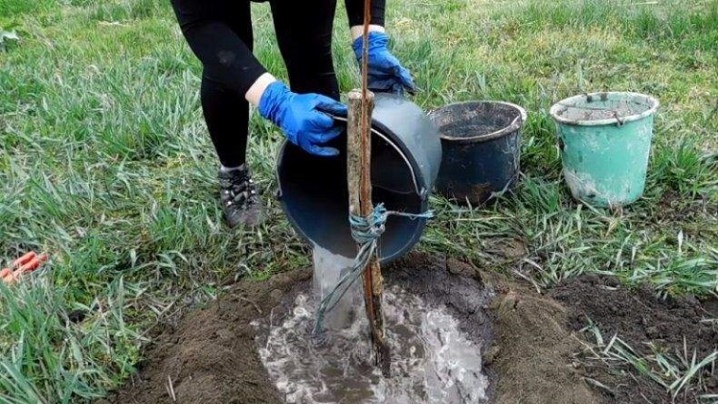
In different periods
The first feeding of plums is carried out in early spring, immediately after winter. It is necessary to choose the moment before bud break. After removing the shelter, plum trees will need organic matter. For these purposes, nitrogen is quite suitable. One part of the product is mixed with two parts of water. The resulting mixture is applied to the area at a distance of 0.3 meters from the tree. In addition, urea is also used by gardeners. It is also diluted in water in accordance with the instructions. Each drain will have to spend about 10 liters of solution.
At the end of April, mature plum trees can be fed with potassium magnesium. This product enriches the soil well. The fertilizer rate is indicated on the package and must not be violated. But basically, about 3 tablespoons of the substance are used per square meter of soil.
In addition to the dressings already described, in the spring it is very convenient to make compositions for a good harvest. They contribute to an increase in the number of fruits in the future.
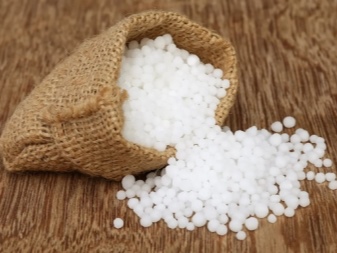

You can resort to the following tools.
- Yeast. Take a liter jar, put 20 grams of yeast inside. Then everything is poured to the top with water and left for 7 days. The concentrate is diluted with water before use. The entire jar will need to be poured into a bucket of clean water.
- Egg shells. Chicken egg shells are rich in calcium, and this element is very important for fruit trees. To use such a tool, you must first grind it finely. You can use a crush or rolling pin. Next, the powder is scattered in the area of the trunk circle of the plum.
- Bread crusts. For a large harvest, bread crusts can also be used. Take the crusts, there should be a lot of them (so that the bucket is one third full), fill with water, filling the container to the top. Leave to ferment for 7 days. After the end of infusion, add 0.2 l of whey to the composition. Dilute with three more buckets of water and use as directed.
In addition, the following simple techniques are used:
- plums are treated with a solution of honey and water (1:10), attracting pollinating bees;
- dissolve a tablespoon of lime in a bucket of water, and then once a month water the trees with the mixture;
- green manures are planted to improve yields and repel pests.
The feeding patterns will be the same for different regions. But you still have to take into account something. For example, in the Moscow region, the Moscow region, the southern regions, feeding in early spring is permissible. In colder areas, the dates are shifted to mid or late spring. Pay attention to the type of soil. Depending on its composition, the type of fertilizer also changes.
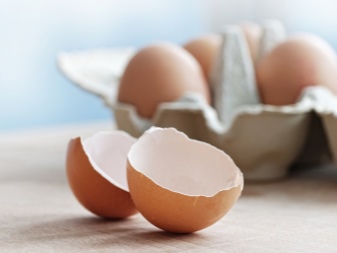

Possible mistakes
Fertilizing plums, some novice gardeners can make mistakes that can cause poor yields and even disease. Here are the following common mistakes.
- Overdose. If you do not follow the instructions, the result will be disastrous. You should not apply more fertilizer than necessary, believing that an abundant amount of fertilizing will increase tree growth and fruiting.
- Overdue funds. There is nothing worse than nourishing a tree with a delay. At best, it's just useless. At worst, you will have to deal with the treatment of culture.
- Indiscriminate application. Some gardeners not only increase the amount of fertilizer, but also apply it at the wrong time. This is very harmful to trees.
- Deep loosening. When applying fertilizers, do not immerse too deeply in the soil. Plum roots are shallow and easily injured.
And also it is worth remembering that fertilizers will be useless if you do not follow other rules of care. These are the following points:
- watering;
- weeding the near-trunk circle;
- pruning;
- preventive treatments for diseases and pests;
- whitewashing of trunks.
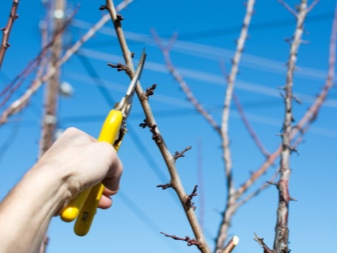






The comment was sent successfully.